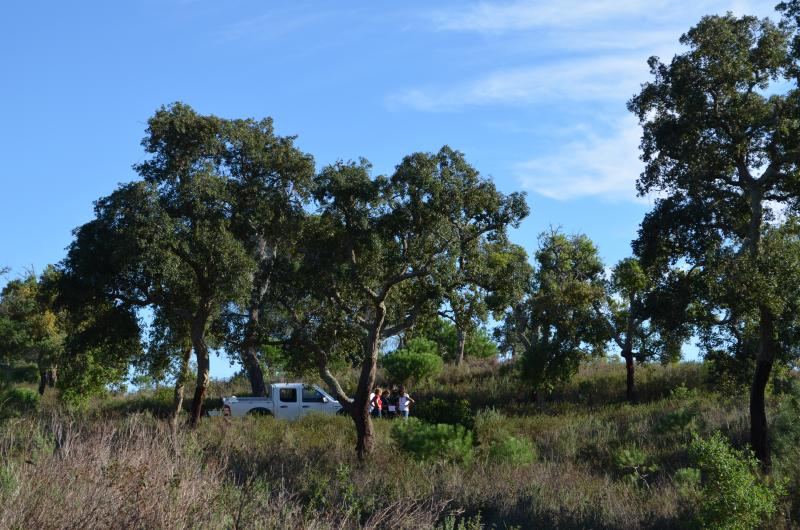Herdade da Ribeira Abaixo - Portugal
Basic Information
Site Name
Herdade da Ribeira Abaixo
Short name
Montado 01_HRA
Country
Portugal
Web Address
Operating Organisation
Site Manager
Funding Agency
Site Description
Last modified
2025-01-07 11:01:56
General Characteristics and Status
Site Status
Operational
Year Established
2011
Observed properties
Affiliation and Network Specific Information
Affiliation
ILTER✔This site is a verified "ILTER" member.
LTER Europe✔This site is a verified "LTER Europe" member.
GERI✔This site is a verified "GERI" member.
LTER Portugal✔ (LTER_EU_PT_003)This site is a verified "LTER Portugal" member.
Photos
Geographic
Centroid/Representative Coordinates
Latitude: 38.1069 Longitude: -8.57045
Size
ca. 221.00ha
Elevation (average)
200.00msl
Elevation (min)
150.00msl
Elevation (max)
240.00msl
Download





